By Dan Weisz
As we move into winter, I thought it would be nice to add some color to your mailbox. Plus, I finally processed some pictures I took on a walk in September. Back then, the wild flowers were still blooming…..
From Tubac along the Santa Cruz River, an elegant looking Sweet Four O’clock flower:
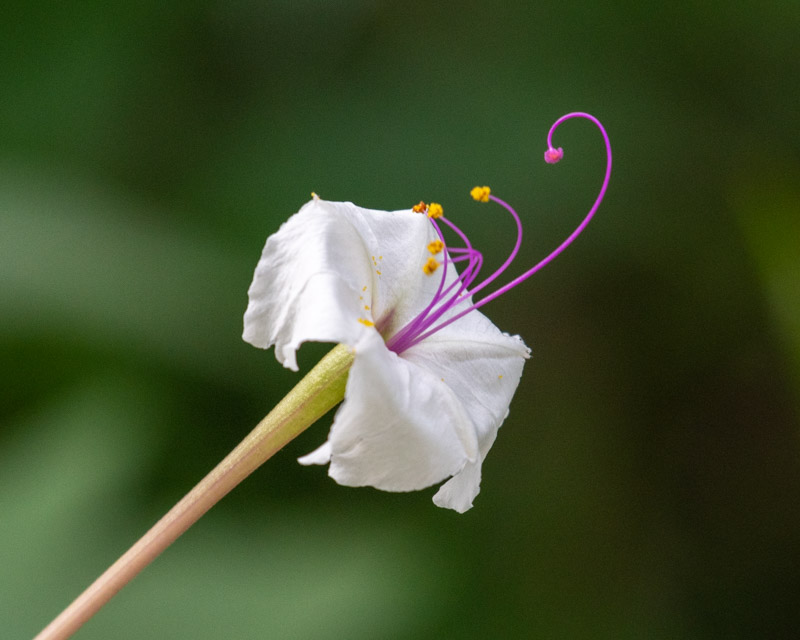
A Tansyaster with a Honeybee whose rear leg is loaded with pollen. Those “pollen baskets”, when loaded, can account for 30% of a bee’s weight and hang on the hind legs like overstuffed saddlebags.

Perhaps a Turpentinebush (?) below with another honeybee. And fyi, there are over 700 species of bees in the Sonoran Desert. My friend Pam is assisting with a study of them https://www.tucsonbeecollaborative.com
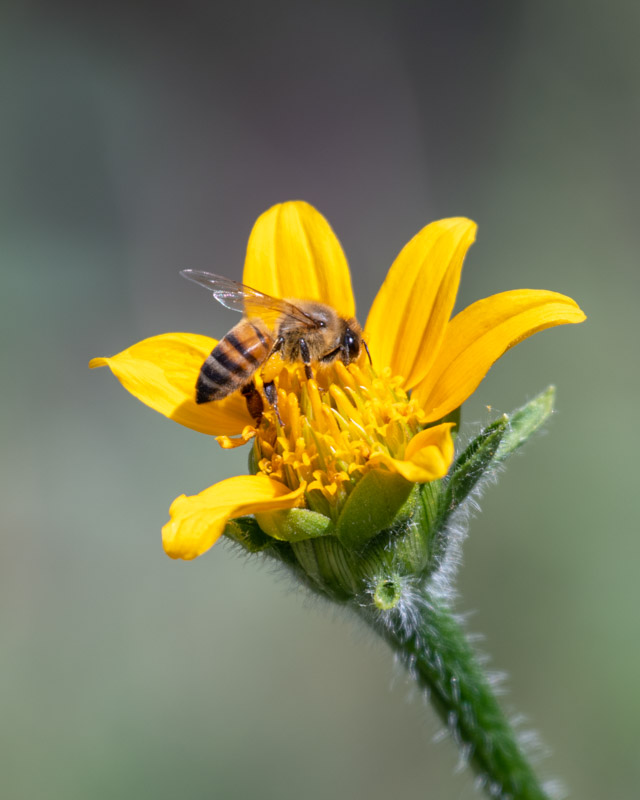
A Morning Glory flower
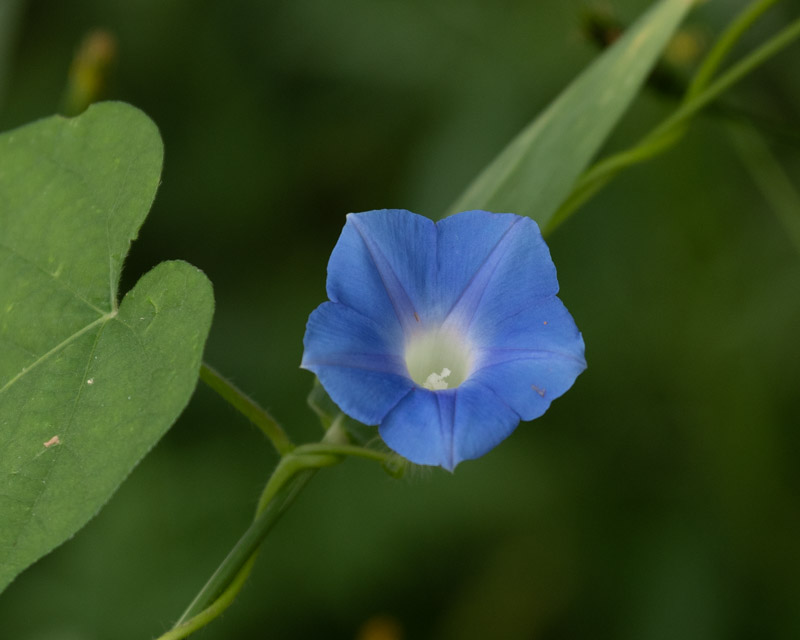
And also along the Santa Cruz River, but downstream near the Historic Canoa Ranch, an Arizona Poppy
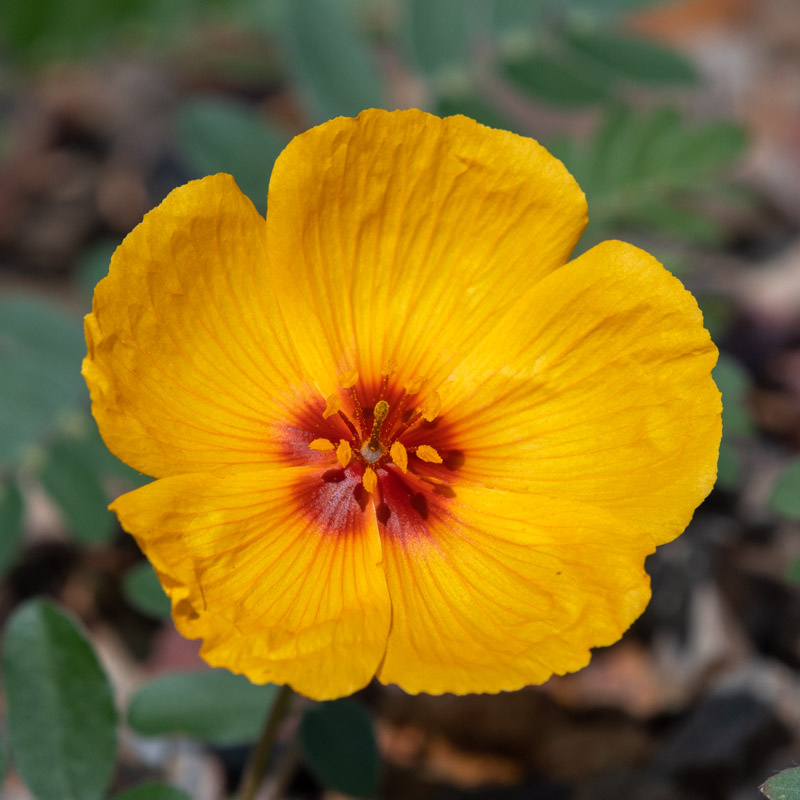
A Honeybee on the Arizona Poppy was collecting pollen. This honeybee looks a little bit different from the two earlier ones. Those had yellow stripes on their abdomens whereas this honeybee either has no yellow stripes or a very subdued yellow on its abdomen. I was told that this means the bee below is a non-Africanized honeybee while the bees in the flowers above have been Africanized (thanks for the info Pam).
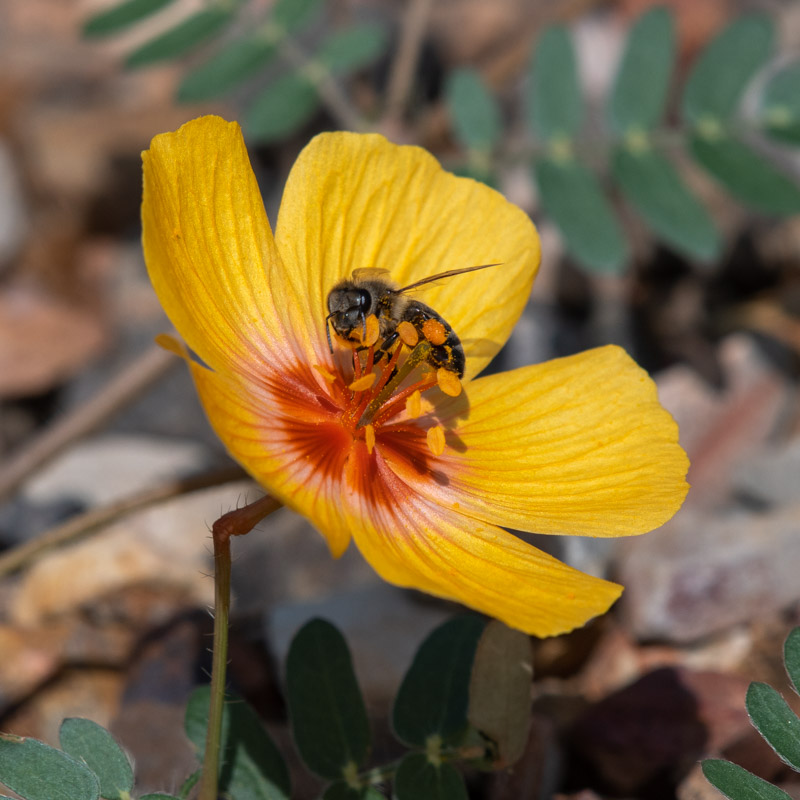
The beauty of a close-up of an Arizona Poppy.
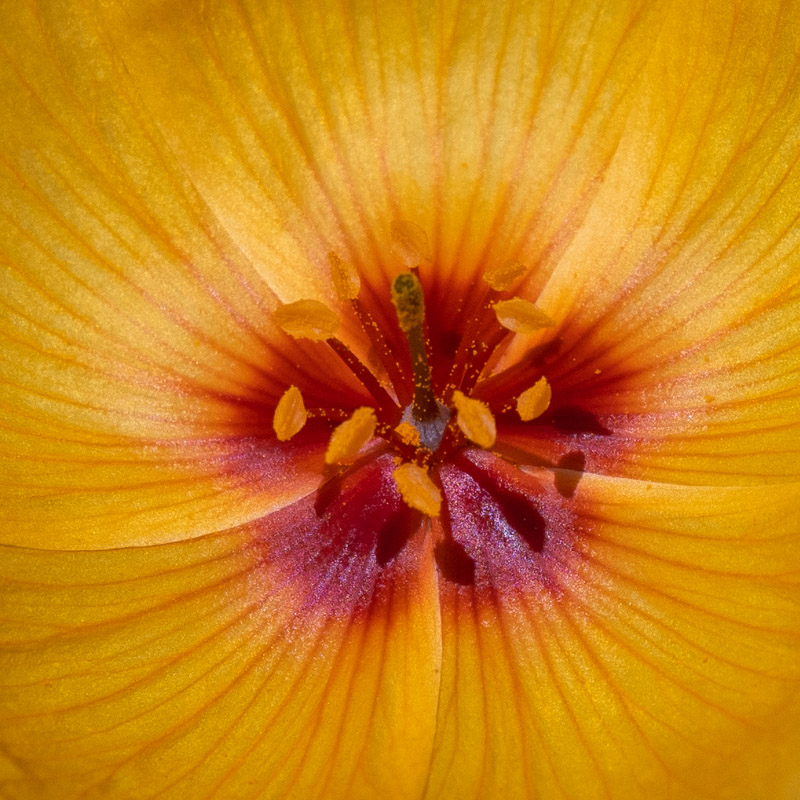
And a Pipevine Swallowtail was busy feeding on the flowering plants at Canoa Ranch.
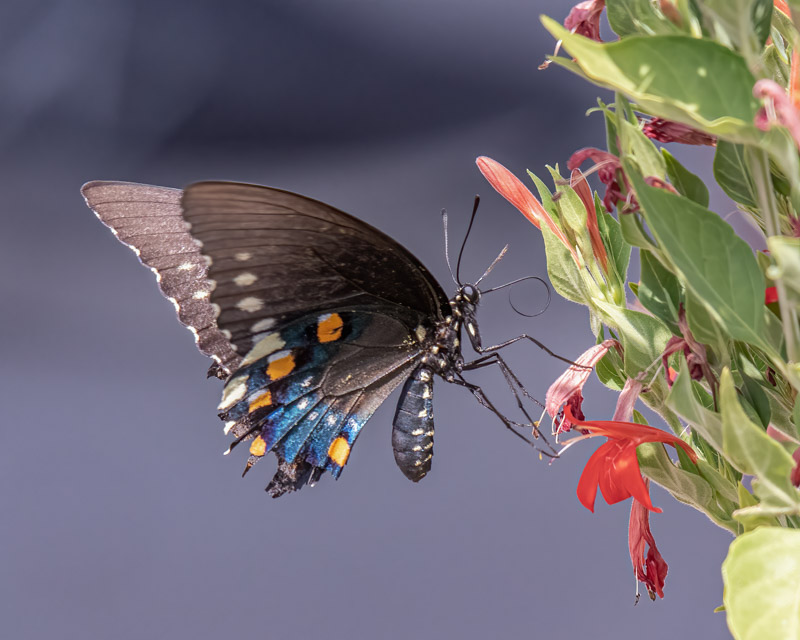
And for some other color, how about a Green-tailed Towhee that was foraging in my backyard? As the name implies, this bird has yellow-green feathers on its wings and tail along with a white throat and a rufous crown. Green-tailed Towhees are common transients in our area during migration and can be found throughout the winter, although they are secretive birds who usually live in shrubby and thickly vegetated areas.
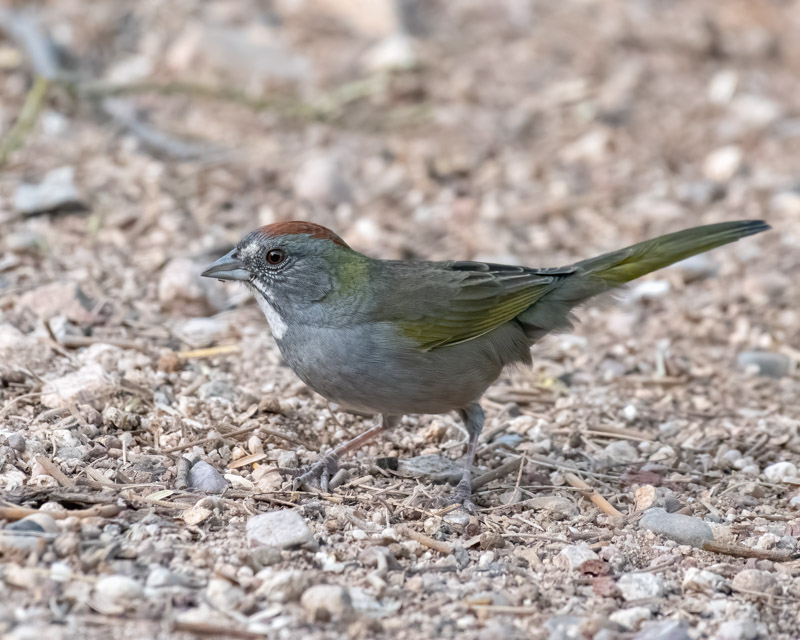
And speaking of color, the best known bird typical of the Sonoran Desert is our Vermilion Flycatcher. This little bird was seen at the Historic Canoa Ranch. I believe this is a second year male but it could be a brightly colored female. Sometimes it is hard to tell.
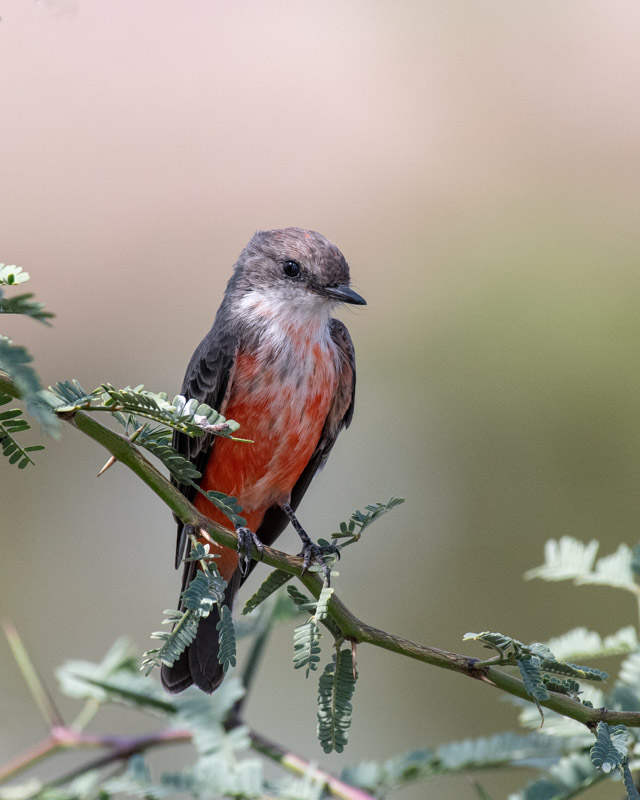
In any case, this is a very nice looking bird.
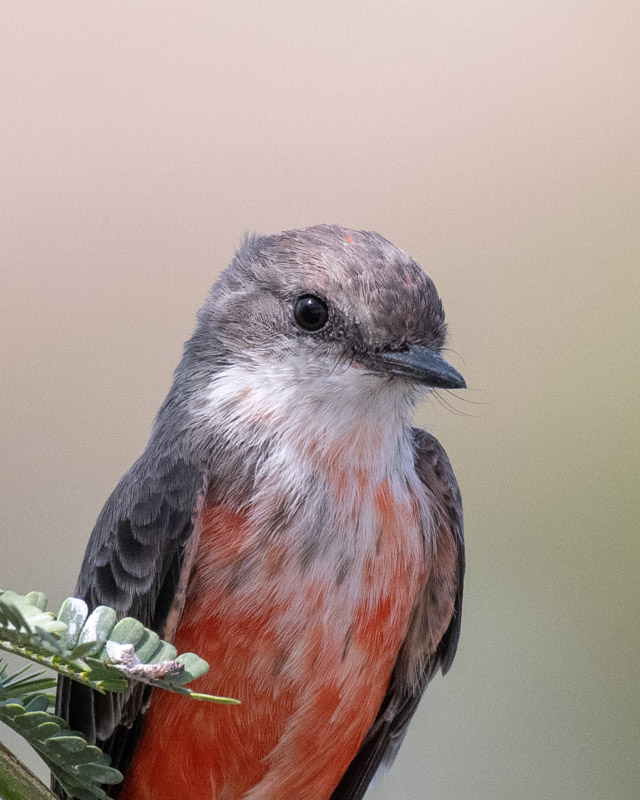
I hope you enjoyed the nice colors!
